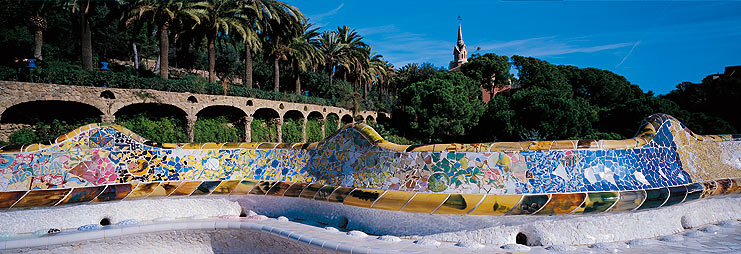Places of Interest
Plaça Catalunya is a large square in the center of town and an important point of reference. It is the transfer point for several bus, night-bus, Metro and train lines and has a tourist information office that offers maps, guides, tickets and additional information. Extending from Pla?a Catalunya is the Rambla, a bustling avenue famous for the vivid colors of its flower stalls. Here you will find the Boqueria Market and the city's opera house, the Teatre del Liceu. The Rambla ends at the Columbus Monument that overlooks the city’s harbor. Not far beyond, on a pier in the middle of the city’s harbor, is Maremagnum, a large shopping and entertainment center.
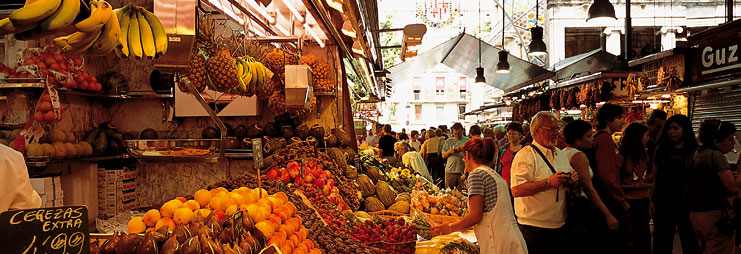
Just off the Rambla is the old town or Gothic Quarter (Barri Gòtic). This captivating neighborhood of narrow streets and bohemian atmosphere is well worth exploring: one will discover Roman ruins, Gothic buildings and many historical monuments. Of particular interest is the impressive 13th century Cathedral and Plaça Reial, a square whose two central lampposts were Antoni Gaudí's first commission in Barcelona. Crossing Via Laietana one enters the Born neighborhood, which houses the Picasso Museum and the church of Santa Maria del Mar.
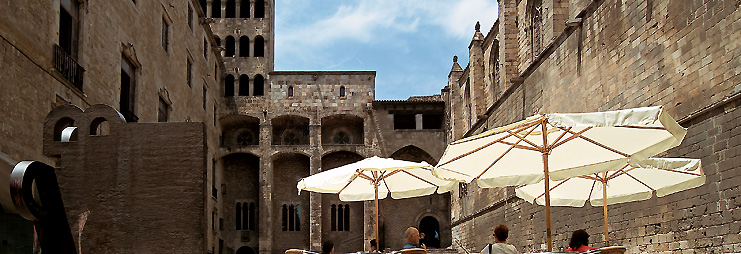
The Port Vell and Port Olímpic are located along the harbor and shore, respectively, and are lined with many restaurants, bars, shops and recreational areas. Nearby are over four kilometers of beaches equipped with the most modern in amenities.
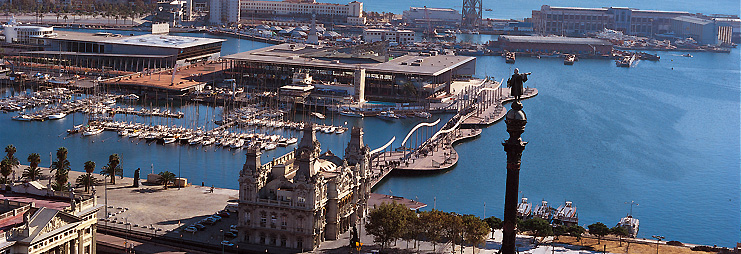
One of the dominant features of Barcelona's geography is Montjuïc, the mountain that rises at the southern edge of the city. Its integration into the city began with the 1929 Universal Exposition and was recently completed for the 1992 Olympics. Today it houses museums, parks and important exposition centers such as the Museu Nacional d'Art de Catalunya, the Fundació Joan Miró museum, the Poble Espanyol, the Olympic Stadium and the Palau Sant Jordi arena.
The grid of streets that make up much of central Barcelona was designed in the 1860's by Ildelfons Cerdà and is known as the Eixample. Its main boulevard, Passeig de Gràcia, and the adjacent Rambla Catalunya, are lined with shops, hotels and cafes. On Passeig de Gràcia one can find Modernista masterpieces such as Antoni Gaudí's Casa Batlló. Further down the avenue is one of Gaudí's most famous buildings, Casa Milà , also known as La Pedrera.
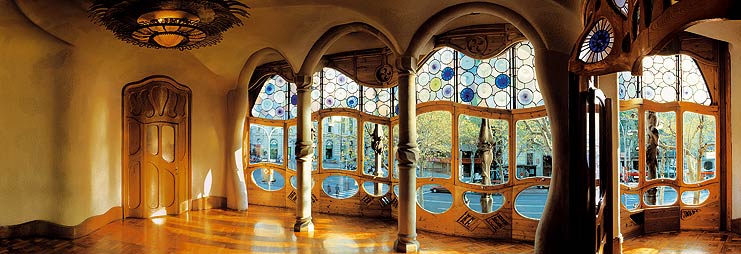
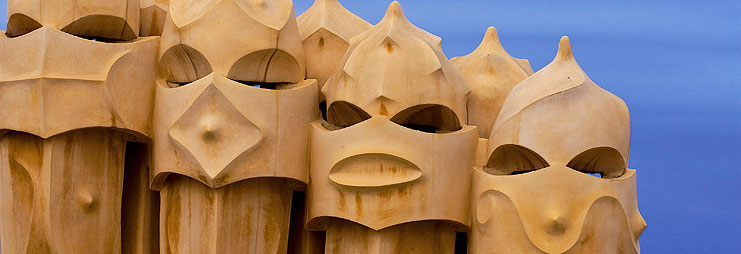
The Sagrada Família (Basilica of the Holy Family) has long been a symbol of Barcelona. Gaudí began work on the monument in 1883 and several additions have been made since then.
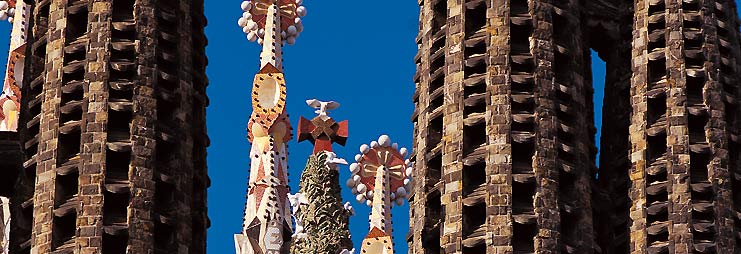
Another of his works well worth a visit is the beautiful Park Güell, which overlooks the city. Modernisme, however, is not synonymous with Gaudí, and one can discover many other modernist buildings and monuments throughout Barcelona, such as the exceptional Palau de la Música Catalana, a work of the architect Domènech i Montaner.
